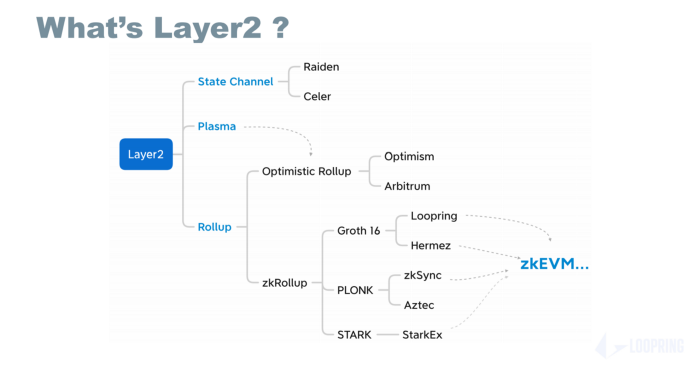Recently, the launch of the Arbitrum one mainnet has directly pushed Ethereum to a new high, and discussions about Ethereum have also become very heated. In the process of advancing ETH1.0 into ETH2.0, the development of Layer 2 is directly related to Ethereum The huge ecology is closely related, and it can be said to be the "sword of justice" to solve the current Ethereum expansion problem.
first level title

The development of Layer 2 is spearheaded by Arbitrum
image description
(Photo courtesy of L2BEAT)
image description
(Source: https://portal.arbitrum.one)
first level title
The growth of Optimism, the top student who took the lead, slowed down
image description
first level title
The ZKRollup system still has a long way to go
Optimistic Rollup can be compatible with EVM in the short term, and ZKRollup, which relies on zero-knowledge proof, is more interesting in terms of the consistency of the final result.
Compared with Optimisitic, ZKRollup has a larger development lineup, including Loopring, Hermez, ZkSync, Aztec, StarkEx, and zkEVM. Among them, the Loopring protocol has gone through 3 versions, respectively supporting DEX transactions, transfer payments and AMM Swaps. Last month, Loopring officially released the latest version supporting Layer-2 NFT. This version supports NFT casting on Layer-2, Transfer and trade to reduce overall gas costs.
zkSync has gone through two versions, 1.0 and 2.0. At present, it has not completed the event node of releasing the public test network in May and launching the main network in August as expected earlier. The progress is slightly delayed. The current situation is that zkSync 2.0 will be released in a few days The test network will be opened in stages after a week, and the process of launching the main network will be gradually promoted. StarkWare of the ZK series announced at the end of July that its second-tier expansion solution, StarkEx 3.0, was launched on the mainnet, which enables L2 users to easily interact with L1, and enables new functions such as DeFi Pooling and dAMM. It plans to build a DeFi Pooling platform with the expansion team Celer .
Another new solution, zkEVM, is underway, initiated by the Ethereum Foundation, which directly compiles Solidity code into EVM bytecode without any translation, and executes the bytecode directly in the zkEVM virtual environment. Of course, this solution is not so easy to go online. The project party plans to see a prototype in about a year, but judging from the implementation progress of the ZK system, this is also a relatively optimistic prediction.
In any case, the OP department and the ZK department have their own representative projects. The pace of each role in Layer2 may be fast or slow, but their ultimate goal is to solve the expansion problem of Ethereum in the future, so this kind of pursuit is slow Catch-up development iterations will always exist. After rounds of market tests, General Changsheng will always change and innovate in the ever-changing public chain structure, and actively promote the development of the expansion field.